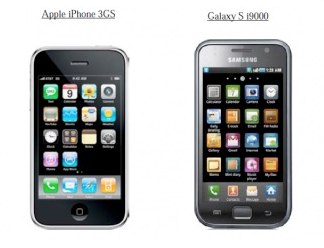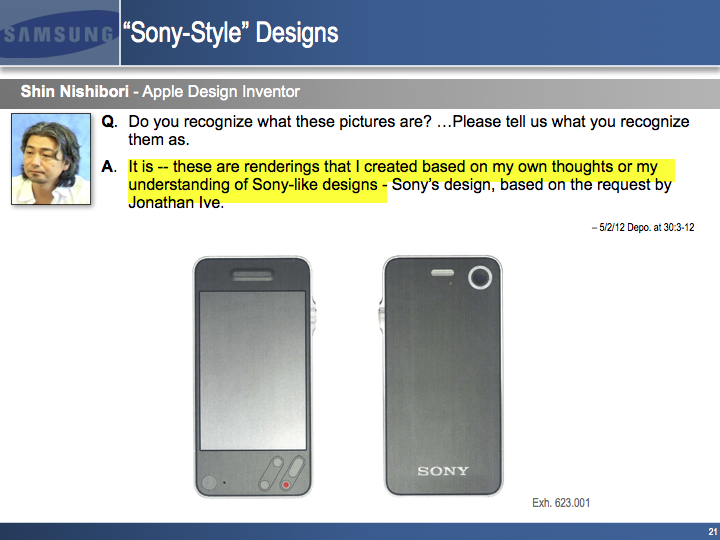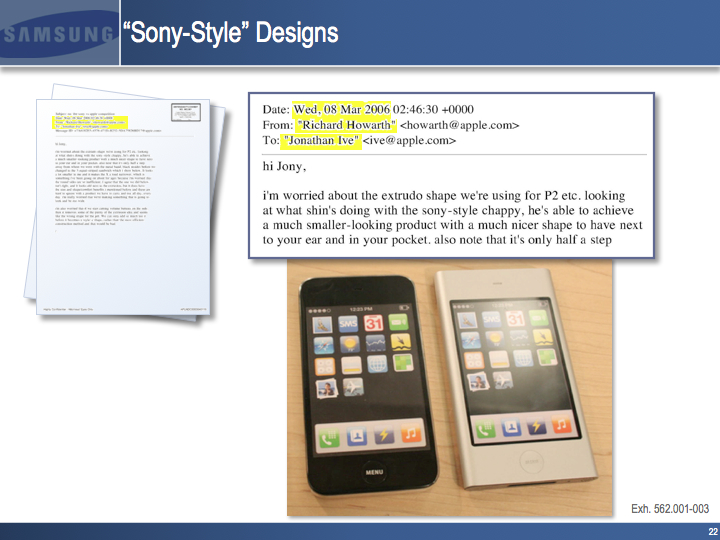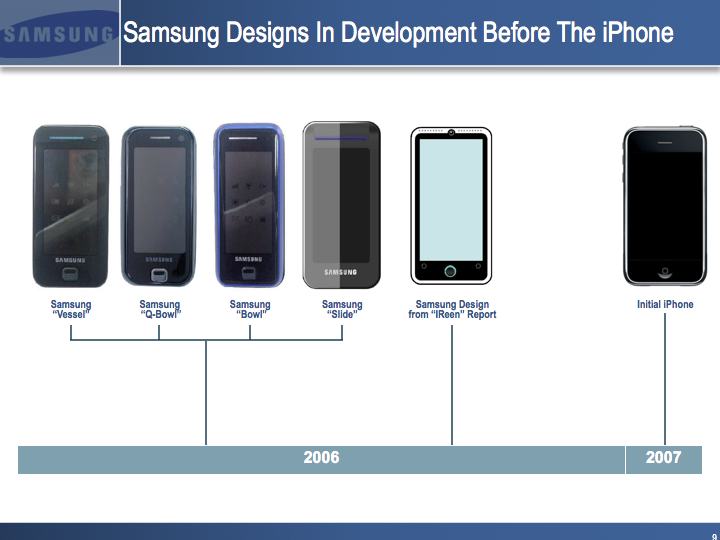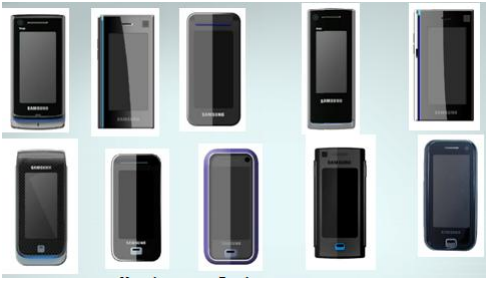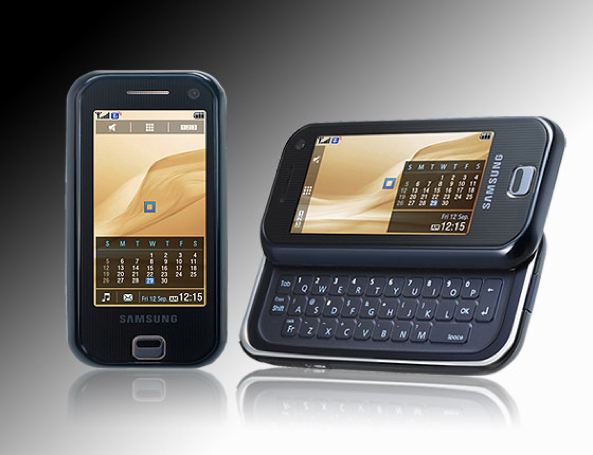We’re only two days into this patent trial of the century and already things are getting out of control in the courtroom. Even though Judge Lucy Koh denied Samsung’s request to present to the jury its pre-iPhone F700 device meant to establish it did not copy the iPhone, the South Korean consumer electronics maker just issued a press release with two batches of evidence Judge Koh specifically excluded from the litigation…
Needles to say, Samsung’s cunning move sent Judge Koh through the roof as she was reportedly “audibly irritated”, per CNET.
According to John Paczkowski and Ina Fried who monitor the trial for NewsCorp.’s AllThingsD blog, Koh asked Apple’s attorney to “tell Mr. Quinn I’d like to see him today”, referring to Samsung’s lawyer John Quinn:
I want to know who drafted the press release, who authorized it from the legal team.
Samsung released slides showing its various phone designs and an excerpt from the deposition of Apple’s former designer Shin Nishibori, whose lawyer conveniently said he would not testify in court because he is battling health issues in Hawai.
And here’s what Samsung wrote in an accompanying media release:
The Judge’s exclusion of evidence on independent creation meant that even though Apple was allowed to inaccurately argue to the jury that the F700 was an iPhone copy, Samsung was not allowed to tell the jury the full story and show the pre-iPhone design for that and other phones that were in development at Samsung in 2006, before the iPhone.
So Samsung gets to tell the world the full story of a Sony-inspired iPhone prototype that Sony’s former designer Shin Nishibori created for Apple.
Here’s a nice slide for you.
From Nishibori’s deposition in May:
First, Jonathan Ive talked to me. “Well, Shin, I have something to talk to you about.” He said, “You can do this as an aside of your job and enjoy – I want you to enjoy doing this. But if Sony were to make a iPhone, what would it be like? Would you make it for me?”
And here’s an excerpt from an email exchange between Apples designer Richard Howarth and the company’s industrial design chief Jony Ive.
And this is what Samsung wanted the jurors to see.
The excluded evidence would have established beyond doubt that Samsung did not copy the iPhone design. Fundamental fairness requires that the jury decide the case based on all the evidence.
We’ll see what repercussion Samsung’s action will have on the proceedings. At the very least, Samsung’s legal team is in trouble.
In my view, Samsung likely estimated that swaying the court of public opinion with that release outweighs any possible court penalty.
And why is Samsung so concerned about public opinion?
Because the ten members of the jury read papers, too, so – again, in my opinion – the company hopes this could skew their judgment towards its case.
Lawyers representing Apple note as much, arguing that the excluded evidence Samsung made public along with the company’s official statement “might be seen by jurors, who are supposed to make decisions based only on the evidence presented in court”, according to CNET’s Donna Tam.
The move also shows nervousness on part of the South Korean conglomerate, the world’s largest maker of consumer electronics, smartphones, cell phones, flat screen TVs and second-largest semiconductor maker, after Intel.
Samsung was clearly hedging against Apple’s patent and design infringement claims by attempting to establish prior art with the F700, seen in the upper right.
Samsung’s pre-trial brief asserted that the company had developed and brought to market the F700 before the iPhone came along in the summer of 2007.
Here’s another look at it.
In addition to the F700, the list shows other phones Samsung allegedly considered putting on the market at least six months before the iPhone was announced on January 9, 2007.
A mere month later, on February 8, 2007 Samsung issued a press release announcing a Mobile World Congress showing for the F700.
Samsung’s product chief Kevin Packingham in an interview with Wired ahead of the U.S. monster trial attempted to dumb down litigation with Apple to “fighting over rectangles” and it’s easy to see why: his company applied for a Korean design patent for the rectangular, round-cornered F700 in December of 2006.
Interestingly enough, immediately upon learning about this Apple’s legal team dropped the F700 from its list of allegedly infringing products.
The plot thickens, no?
